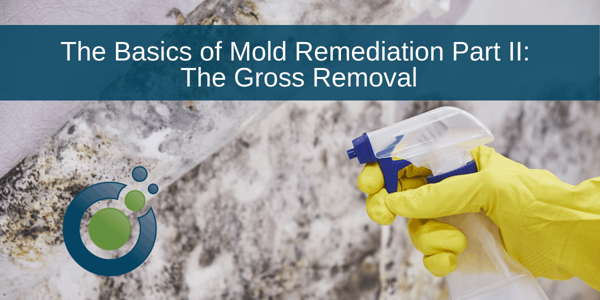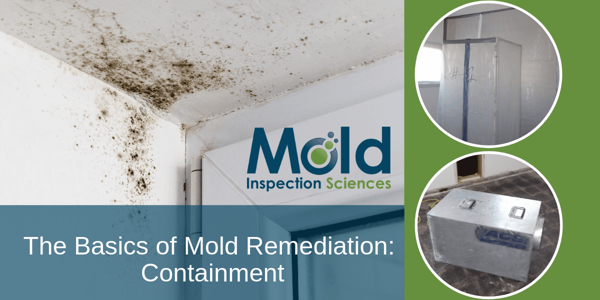Mold in Plain Sight
Six Unexpected Places Mold Can Hide (and How to Find It)
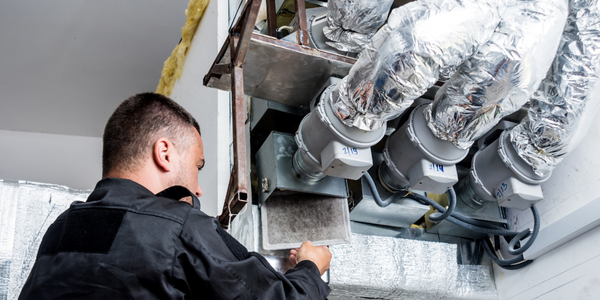
Mold can be an insidious intruder, thriving in overlooked areas of your home. While basements often receive the most attention, mold can silently grow in other unexpected locations, potentially jeopardizing your home’s structure and your health. A clean and pristine appearance doesn’t guarantee that mold levels indoors align with healthy standards. This article highlights six surprising mold-prone areas and offers guidance for identifying and addressing potential issues before they escalate.
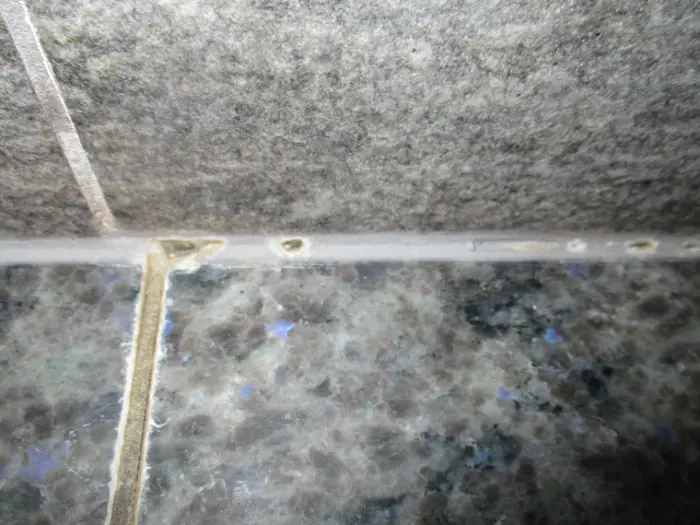
1. Inside HVAC Systems
Mold within HVAC systems is particularly concerning as it can disperse spores throughout your home. Dust, condensation, and stagnant water within ducts or drip pans create a perfect breeding ground. You may detect mold through musty odors when the system activates or persistent allergy-like symptoms due to airborne spores.
Prevention Tips:
- Replace filters regularly: Clogged filters trap moisture and debris, promoting mold growth.
- Inspect drip pans and coils: Standing water and dirt accumulation can encourage mold development.
- Schedule periodic maintenance: Professional cleanings and inspections can help detect early signs of mold.

How Do I Know If Mold Is Affecting My Health?

Curious about how mold could affect your health? Read our blog post to learn more about common symptoms and when to take action.
2. Behind Wallpaper or Drywall
Wallpaper and drywall can conceal mold, especially in areas prone to leaks or high humidity. Even minor moisture trapped behind walls can foster mold growth. Key indicators include bubbling wallpaper, peeling paint, or persistent discoloration.
Prevention Tips:
- Check for soft spots: A spongy texture may indicate moisture and potential mold presence.
- Maintain humidity levels: Keeping indoor humidity below 50% helps mitigate the risk of excess mold behind walls.
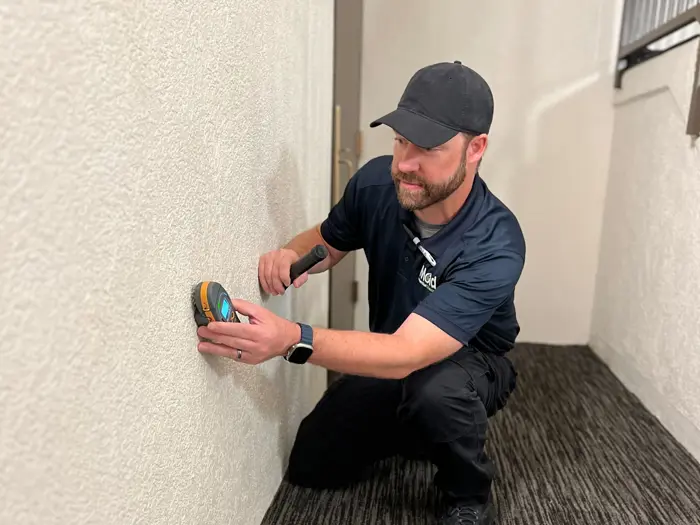
3. Beneath Carpets and Flooring
Moisture trapped beneath carpets, rugs, and hardwood floors can lead to mold, particularly after spills, leaks, or in humid areas like bathrooms or entryways. Look for signs such as warped floors, unexplained odors, or stains.
Prevention Tips:
- Dry spills promptly: Even minor water exposure can become problematic if left unattended.
- Inspect corners and edges: Moisture often accumulates in hidden or hard-to-reach areas.
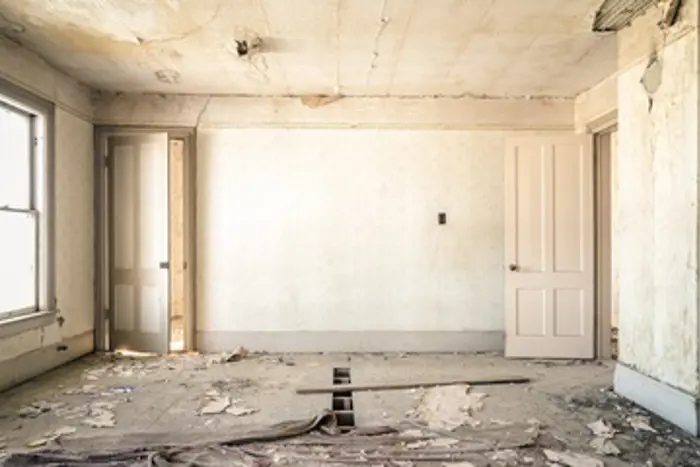
4. Around Window Frames
Condensation on or around windows provides an ideal environment for mold. Faulty seals, poor insulation, or single-pane windows can exacerbate the issue, allowing moisture to infiltrate wooden frames or walls.
Prevention Tips:
- Seal gaps and cracks: Apply caulk and weather stripping to block moisture and cold air.
- Upgrade windows: Double-pane or triple-pane windows significantly reduce condensation.
- Clean window tracks: Regularly clean dirt and moisture from tracks to prevent mold-friendly conditions.
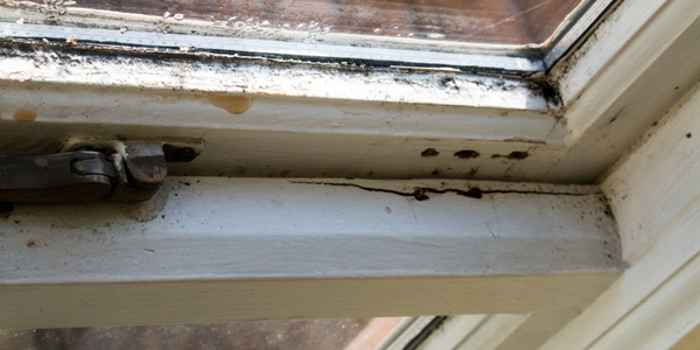
5. In Attics and Crawl Spaces
These low-traffic areas often have poor ventilation, making them susceptible to higher-than-acceptable indoor mold levels. Humidity from roof leaks or ground moisture can remain undetected for months. Signs of mold include musty odors and discoloration on insulation or beams.
Prevention Tips:
- Ensure proper ventilation: Use attic fans, ridge vents, or crawl space vents to regulate humidity.
- Look for water stains: Address even minor roof leaks promptly.
- Install vapor barriers: A sealed barrier can prevent ground moisture from rising into the structure.
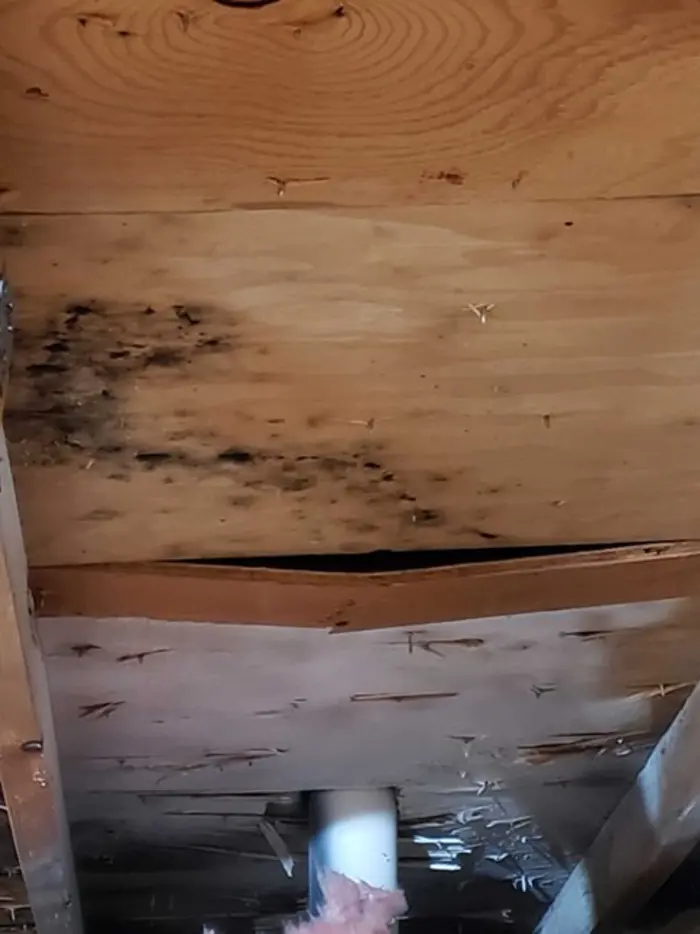
6. Inside Appliances
Everyday appliances such as washing machines, dishwashers, and refrigerators can harbor mold due to damp seals, gaskets, and drip trays. Musty odors or visible mold on rubber seals often indicate a problem.
Prevention Tips:
- Leave doors open: After using appliances, prop doors open to allow moisture to evaporate.
- Clean seals and gaskets: Use a vinegar-water solution for routine cleaning.
- Check for standing water: Ensure proper drainage and address clogged filters promptly.
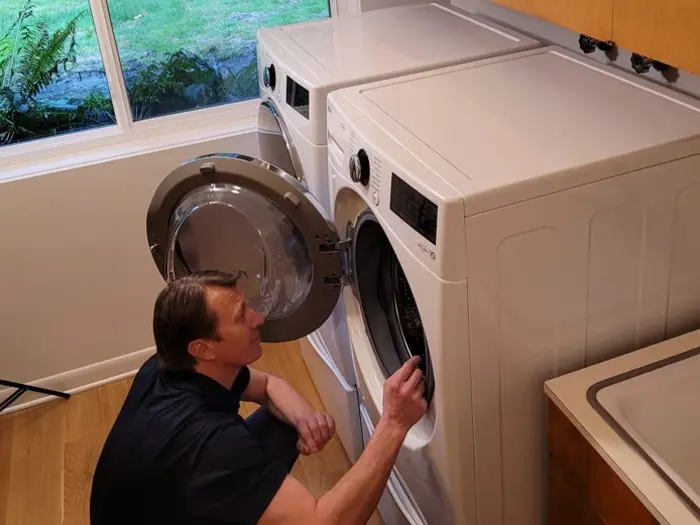
When to Seek Professional Help
If you notice recurrent health issues, suspect mold in inaccessible areas, or find mold-like growth, consulting a professional is recommended. A thorough inspection can determine if your indoor mold levels are significantly higher than outdoor levels and address the underlying causes, helping to maintain a healthier indoor environment.
Regular inspections, proper ventilation, and prompt attention to leaks are key to maintaining healthy indoor mold levels comparable to the natural baseline levels found outside. Addressing potential issues proactively helps keep your home safe and comfortable.

